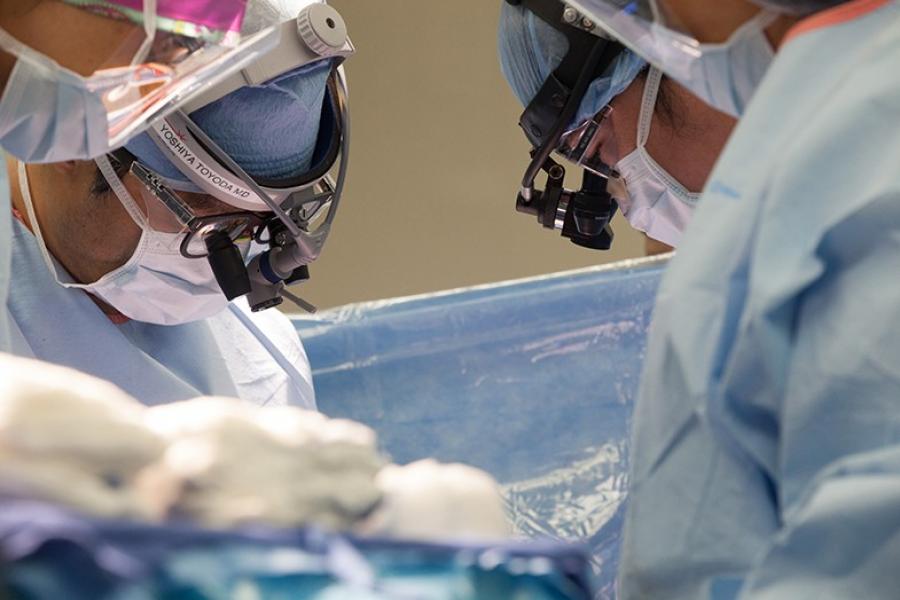Patients with chronic thromboembolic pulmonary hypertension (CTEPH) — which is high blood pressure caused by clotting in the blood vessels of the lungs — may be eligible for pulmonary thromboendarterectomy to remove the clots. The result of this surgery for CTEPH is often curative.
Understanding PTE Surgery for CTEPH
PTE surgery involves placing the patient on a heart-lung machine to keep blood circulating, then cutting through the breastbone (also called the sternum) to expose the heart and lungs.
Once this is done, the patient’s blood is cooled to 65 degrees Fahrenheit, which slows down the metabolism and allows the surgeons to periodically turn off the heart-lung machine. This gives them time to open the affected arteries and veins and remove the blood clots, as well as the scar tissue that has built up around the clots.
Once the clots are removed and the patient’s blood has been warmed to a normal temperature, the patient’s heart and lungs are returned to normal function.




